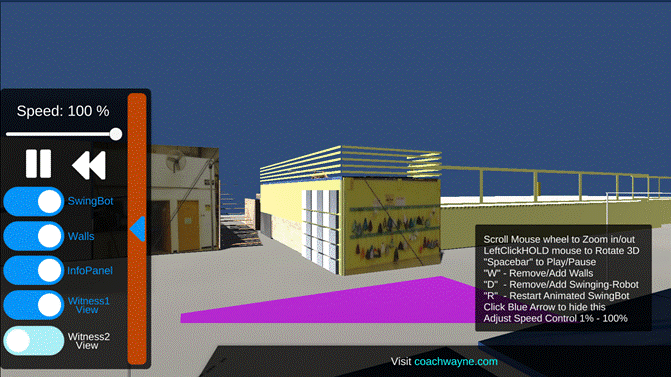Expert Witness in Gymnastics, Tumbling, and Cheerleading Discusses His Approach Around Modeling

Sports Litigation Alert recently interviewed William Wayne Evans, or CoachWayne, as he has come to be known in his area of expertise – instructing athletes participating in gymnastics, tumbling, and cheerleading.
What makes Coach Wayne unique, besides his decades of his experience, is his use of modeling when retained as an expert. We explored this approach in the interview that follows.
Question: Briefly tell us about your background and what qualifies you as an expert in sports injury

